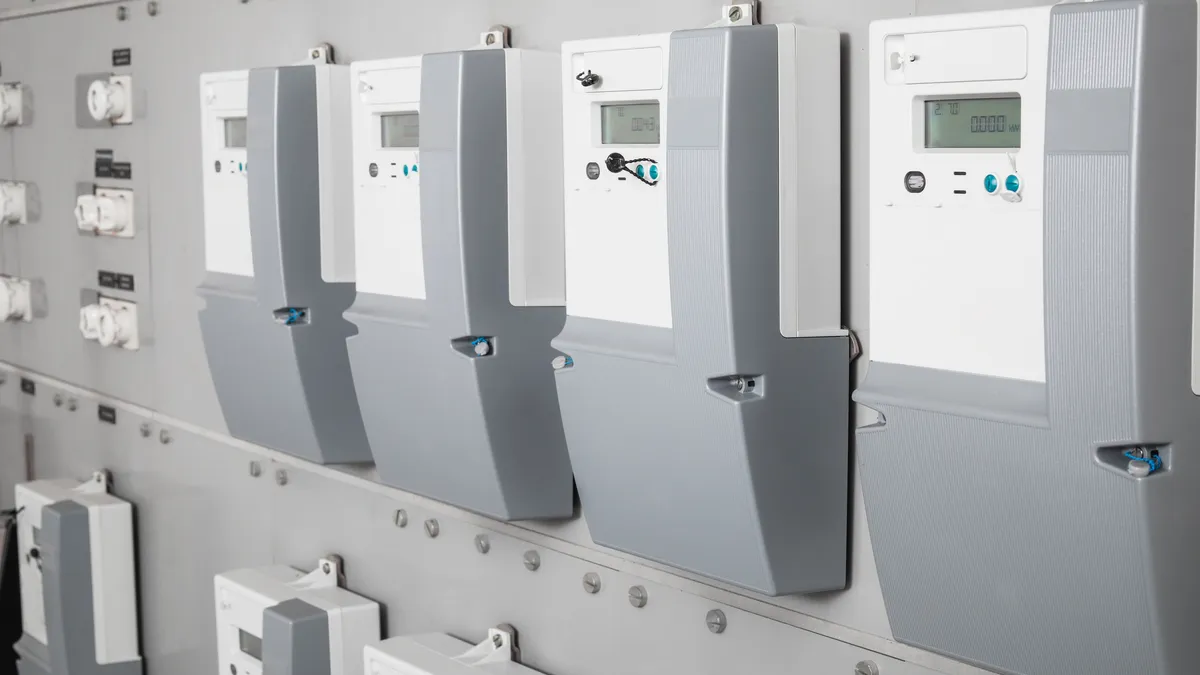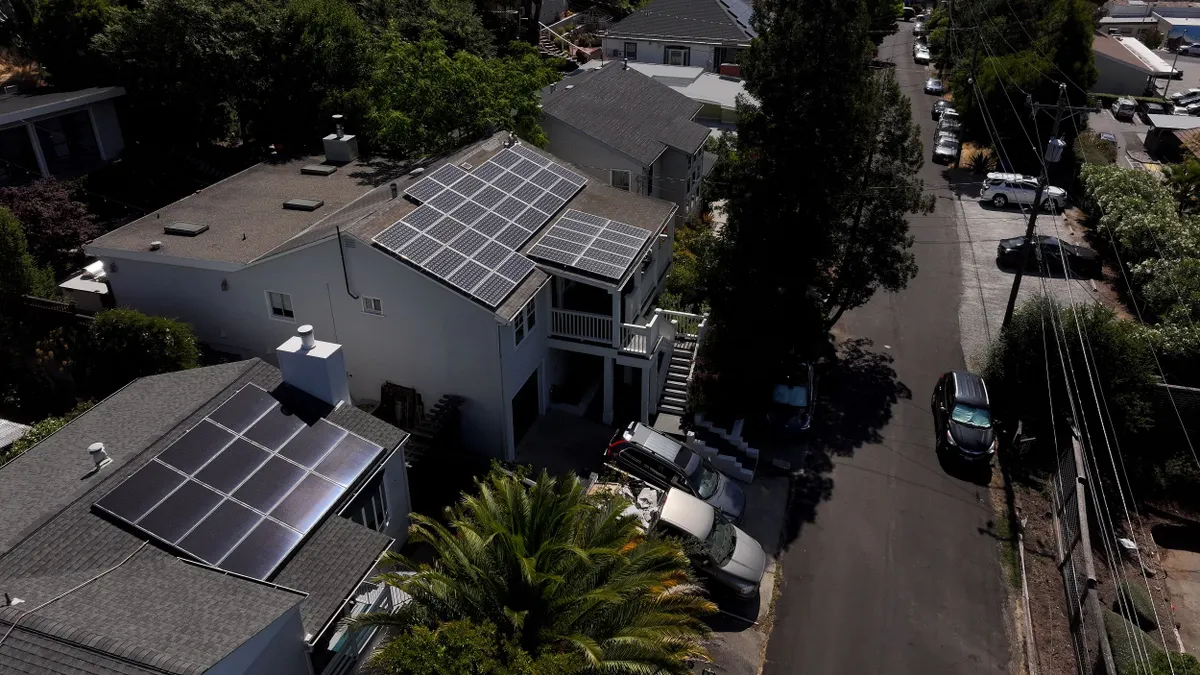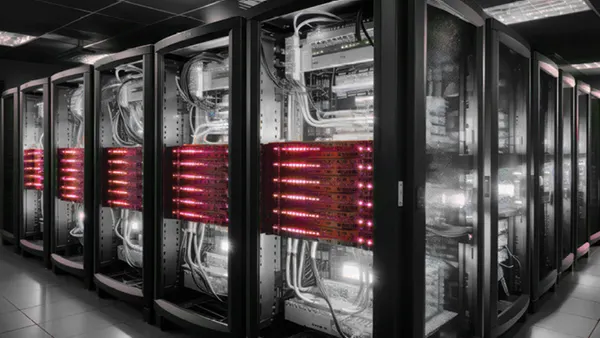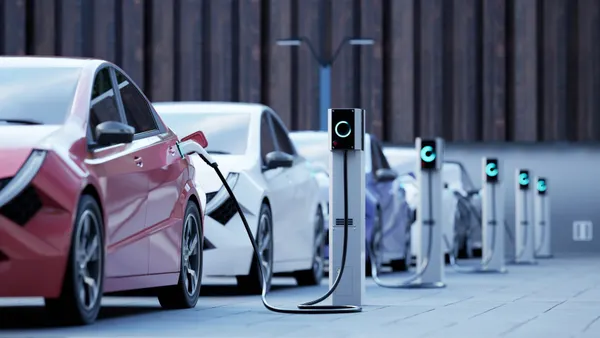Laura Sherman is president of the Michigan Energy Innovation Business Council.
With grid-connected devices like smart thermostats, electric vehicles, battery storage, heat pumps and solar panels expected to nearly quadruple in the next few years, the electric grid will grow increasingly complex. That complexity presents both a risk and an opportunity. If utilities fail to properly manage these resources, they risk needing to make significant capital expenditures to expand the grid, driving electricity prices up. However, there is an immense opportunity to make prudent investments that will allow utilities to intelligently tap into these resources and provide clean, low-cost power and other grid services. Next-generation advanced metering infrastructure, or AMI, can serve as the backbone of the modern decentralized grid, mitigating risk and taking advantage of opportunities — but only if we use it to its full potential.
AMI with capabilities like edge computing allows utilities and customers to see in real-time how these grid-connected, controllable devices can impact the grid. Once the infrastructure is there, the meters can make the grid work better for customers by allowing device owners to coordinate their electricity usage to reduce stress on the grid and earn savings on their monthly bills.
Leveraging AMI’s fullest potential could mean collecting data on EV charging or rooftop solar generation patterns to optimize the ability for those resources to be used as a virtual power plant to supplement the grid when demand is high. It can even use AI algorithms to track where outages are most likely to occur before they happen so utilities can respond quickly. But all these innovative approaches require holistic, transparent planning and that’s where utilities are falling behind.
The Department of Energy recently recommended that “any significant investment in advanced metering infrastructure should involve a long-term technology and functionality roadmap that weighs the costs and benefits of different system architectures. This is particularly important in light of recent metering technology advancements that equip meters with new computing and communication capabilities.”
The problem is that Michigan’s largest electric utilities don’t seem to be interested in building a long-term roadmap. Although both Consumers Energy and DTE have deployed AMI to residential customers, neither utility has a comprehensive plan to evaluate and adopt next-generation AMI. Moreover, both have argued against regulations that would lead to AMI being used more holistically to integrate new technologies and avoid technology obsolescence.
In recent comments they submitted to the Michigan Public Service Commission, Consumers Energy and DTE said that it was “premature” to consider any kind of AMI-related performance incentive mechanism that would improve the integration of distributed energy resources, known as DERs. These issues may be discussed soon at an MPSC-ordered technical conference on the future of AMI implementation. That conference will be a good first step towards informing the utilities’ long-term AMI strategy. But what happens next?
State regulators in Michigan and elsewhere should encourage utilities to take a more holistic and transparent look at what they can do with AMI to ensure the next wave of investments are capable of handling future grid complexity. For example, how can AMI unlock more DER deployments, as well as enable innovative approaches like virtual power plants and improve grid reliability? These are the questions regulators can help utilities answer well before the utilities procure new, costly technology.
The revolution of grid-connected devices is coming. It’s critical to ensure that regulators and utilities undertake proper planning to maximize customer benefits.














